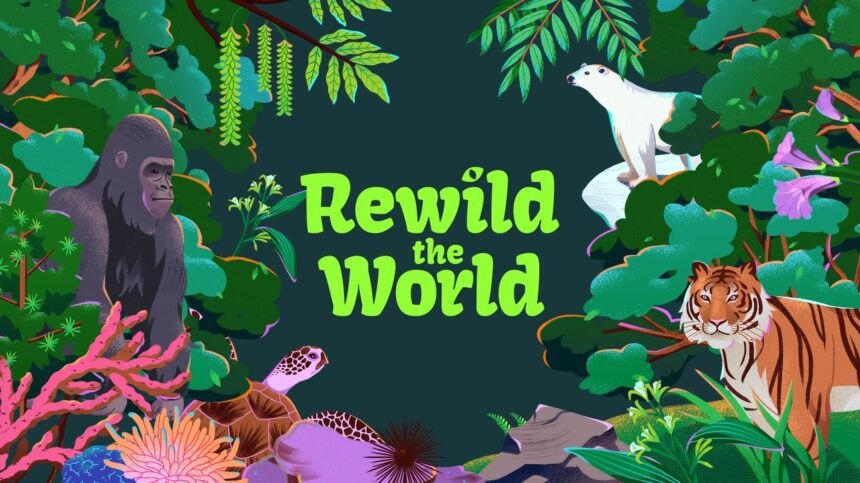Our planet is home to more than 8.5 million species, with many yet to be uncovered. Biodiversity, found in places like the Amazon rainforests and the Acacia woodlands of Africa, plays a vital role in maintaining healthy and balanced ecosystems.
Unfortunately, this biodiversity is currently in grave danger. Since 1970, there has been an alarming 69% average decrease in species populations. Human activities are driving over a million species towards extinction. The main culprits behind this are well-known: habitat destruction, poaching, illegal trade, pollution, and the looming threat of climate change, all of which endanger the very existence of wildlife.
To address the issues affecting wildlife — such as tigers and gorillas losing their habitats to farming and development, plastic pollution in oceans posing deadly risks to sea turtles, and melting sea ice in the Arctic endangering polar bears — a deeper understanding of the natural world is crucial. Technology offers great potential for wildlife conservation, and ongoing advancements bring forth exciting opportunities.
World Wildlife Day 2024: Rewild the World
This World Wildlife Day, celebrated on March 3, focuses on the role of digital innovation and technology in wildlife conservation. In honor of this day, the World Wildlife Fund and Google Arts & Culture have collaborated on Rewild the World, an educational initiative showcasing four endangered species and their habitats: tigers, gorillas, polar bears, and sea turtles. This interactive game utilizes Google MediaPipe machine learning technology to allow users to experience the world through these animals’ perspectives. By restoring habitats through simple gestures, participants witness the influence biodiversity has on nature and the undeniable impact of human activities on the environment.
As a conservation scientist, I believe it is essential to leverage all available resources to comprehend and safeguard the planet’s biodiversity. The past two decades have seen a remarkable surge in innovation in the field of conservation technology. Progress in artificial intelligence (AI), camera traps, GPS monitoring, thermal imaging, environmental DNA (eDNA), and more are revolutionizing conservation efforts. Remote cameras unveil the hidden lives of large felines, while DNA analysis from snow helps identify individual polar bears. Acoustic monitoring allows us to “listen” to distant forests to learn about gorilla movements, and GPS tags track the migration patterns of sea turtles.
These technological breakthroughs are more than just fancy gadgets. They enable researchers to view the world through the eyes of wildlife, revealing vital insights into their behaviors and responses to environmental changes. This knowledge forms the foundation for informed conservation decisions and effective protection measures.









